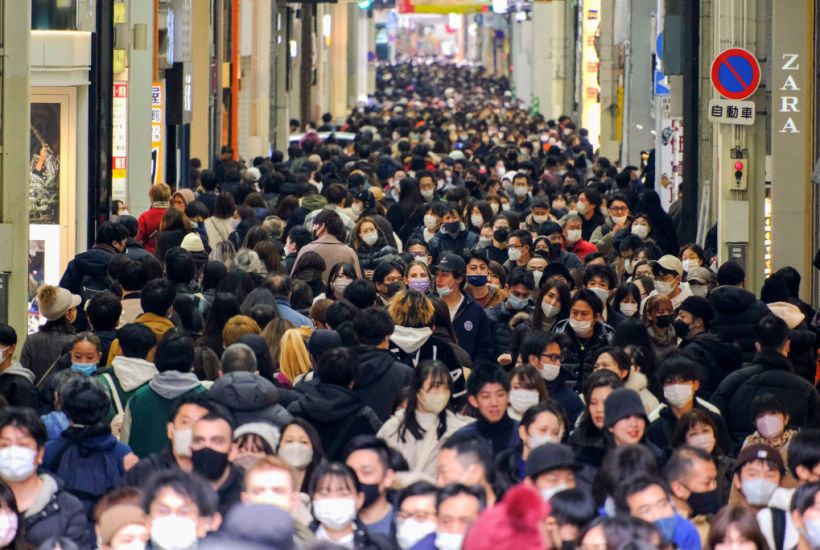Japan has long been known for its steadfast refusal to submit to the allure of large-scale immigration, as a country that puts social cohesion and societal harmony well ahead of any desire for diversity. Notoriously as hard to get into as Switzerland or Monaco for would be migrants, and even refugees, the ‘yokoso’ (welcome) sign that greets you at Narita Airport is clearly provisional and time limited.
Already a subscriber? Log in
Subscribe for just $2 a week
Try a month of The Spectator Australia absolutely free and without commitment. Not only that but – if you choose to continue – you’ll pay just $2 a week for your first year.
- Unlimited access to spectator.com.au and app
- The weekly edition on the Spectator Australia app
- Spectator podcasts and newsletters
- Full access to spectator.co.uk
Or




















Comments
Don't miss out
Join the conversation with other Spectator Australia readers. Subscribe to leave a comment.
SUBSCRIBEAlready a subscriber? Log in